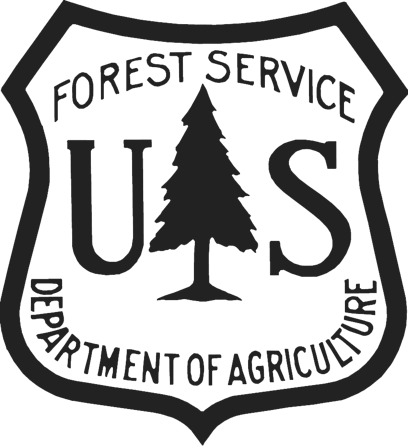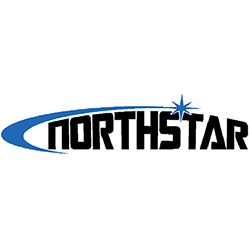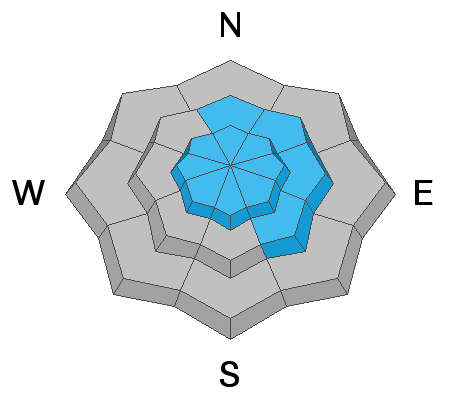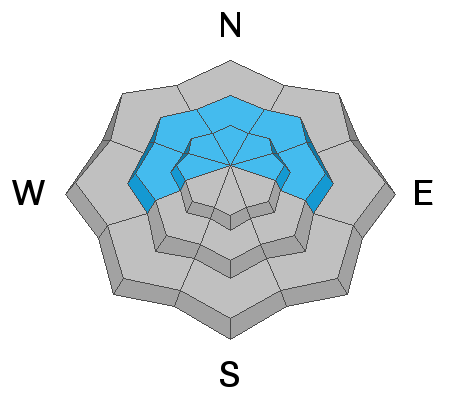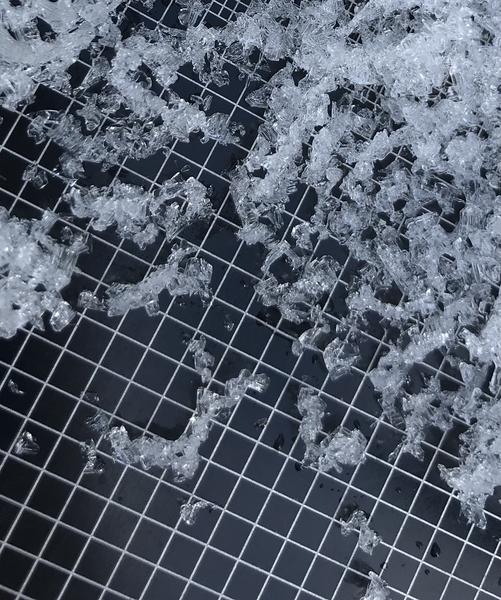Forecast for the Logan Area Mountains

Issued by Toby Weed on
Wednesday morning, December 16, 2020
Wednesday morning, December 16, 2020
Heightened avalanche conditions exist on upper and some mid elevation slopes where people could trigger avalanches consisting of recently drifted snow. The overall danger is MODERATE, with avalanches most likely on drifted upper elevation slopes facing north through east. Some avalanches could be triggered remotely or from a distance. You will find safer conditions in sheltered, low angle, and lower elevation terrain.
- Evaluate snow and terrain carefully, and stay off and out from under steep drifted slopes.
A winter storm tomorrow, with potential heavy snowfall in the mountains, will overload the weak preexisting November snow and cause the avalanche danger to rise and become more widespread in the backcountry.

Low
Moderate
Considerable
High
Extreme
Learn how to read the forecast here


